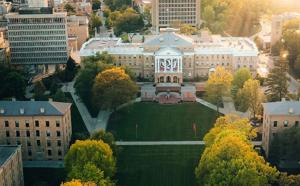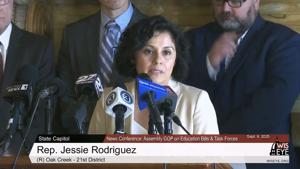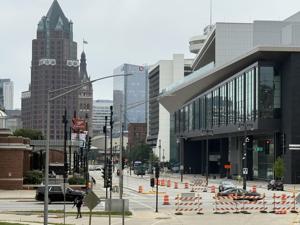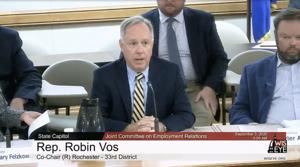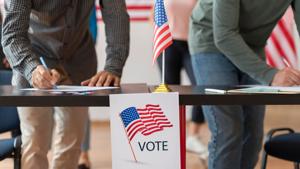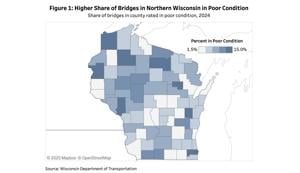The Wisconsin Dance Theater is preparing for its 2025 Annual Gala Fundraiser. Set to take place on Saturday, September 27, the event will take place at The Fish Hatchery in Delafield. The Gala is more than just a fun evening where individuals are surrounded by some of...


